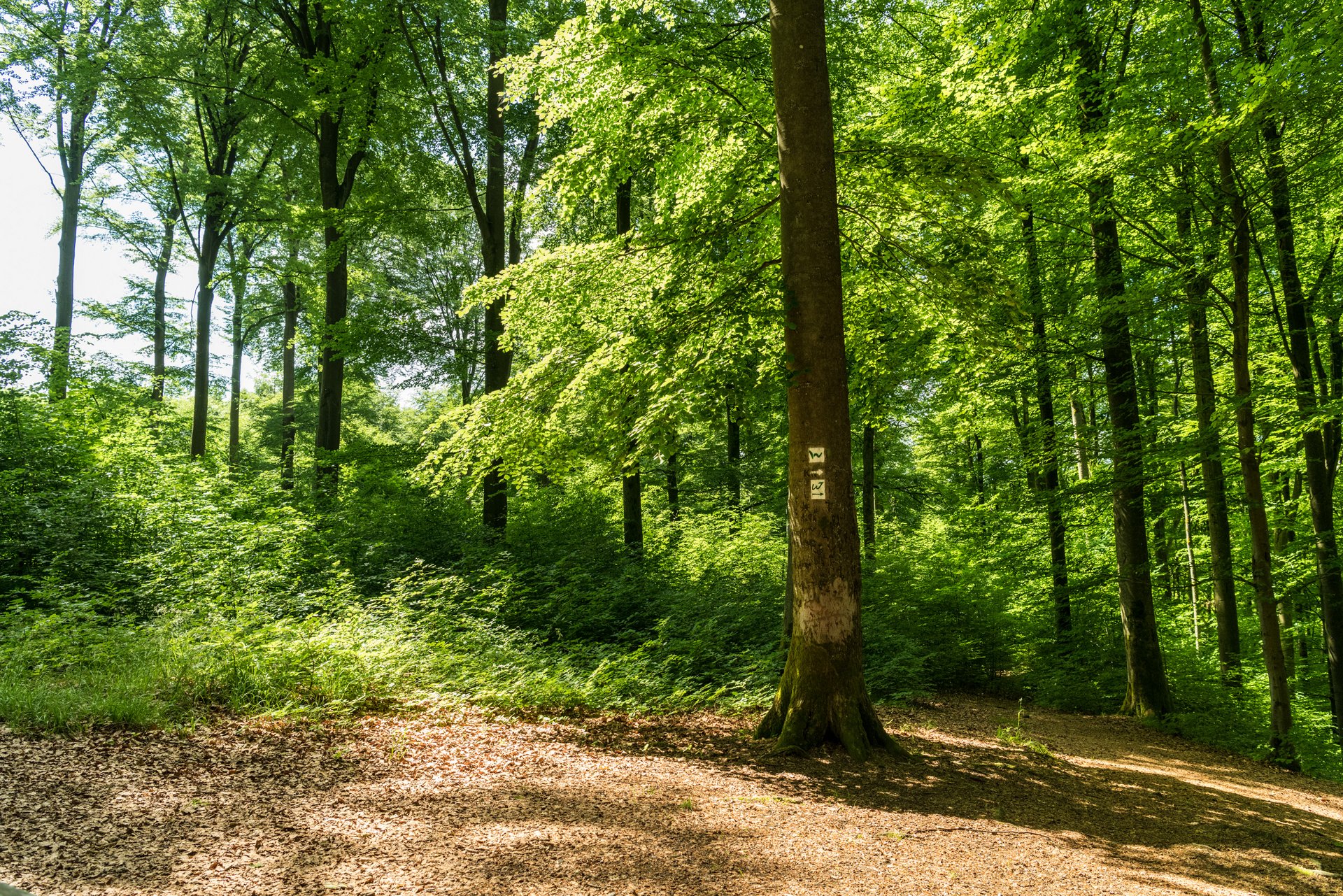
The Westerwald is a fantastically beautiful low mountain range in Germany. Extensive meadows and fields, valleys and hilly landscapes, basalt deposits as well as blue lakes and small rivers characterise the image of the German low mountain range. It encompasses the border triangle of North Rhine-Westphalia, Hesse and Rhineland-Palatinate and thus geographically belongs to all three federal states today. The four rivers Sieg in the north, Dill in the east, Lahn in the south and Rhine in the west are usually defined as the outer borders. The Westerwald is very well developed and offers tourists and locals alike a variety of cultural, historical, natural and sporting highlights.
Seven natural areas in the Westerwald offer a great variety of sports and leisure activities for your holiday in a breathtaking natural landscape.
Always on site
Our tourist information offices in the Westerwald
How high is a low mountain range?
A low mountain range is a mountain range with an altitude difference of about 200 to 1000 metres. In Germany, the absolute heights are around 500 - 1500 metres above sea level. The highest mountain in the Westerwald low mountain range is the Fuchskaute, an extinct volcano and, at 657.3 metres above sea level, the highest mountain in the Westerwald and the Westerwald district. You can find more information about the Fuchskaute here.
What to do in a low mountain range?
The low mountain range offers a wide variety of landscapes and activities. There are numerous cycling or hiking routes in the Westerwald; there is something for every fitness level. Numerous campsites and wellness hotels also make a visit to the Westerwald something special.
In which federal states is the Westerwald?
The Westerwald is a low mountain range that stretches across Hesse, North Rhine-Westphalia and Rhineland-Palatinate.
What low mountain ranges are there in Germany?
Germany has a number of low mountain ranges. Not all of them, like the Westerwald, extend over three federal states. You can find more information on German low mountain ranges on the website of the Bundesverband Deutsche Mittelgebirge e.V.